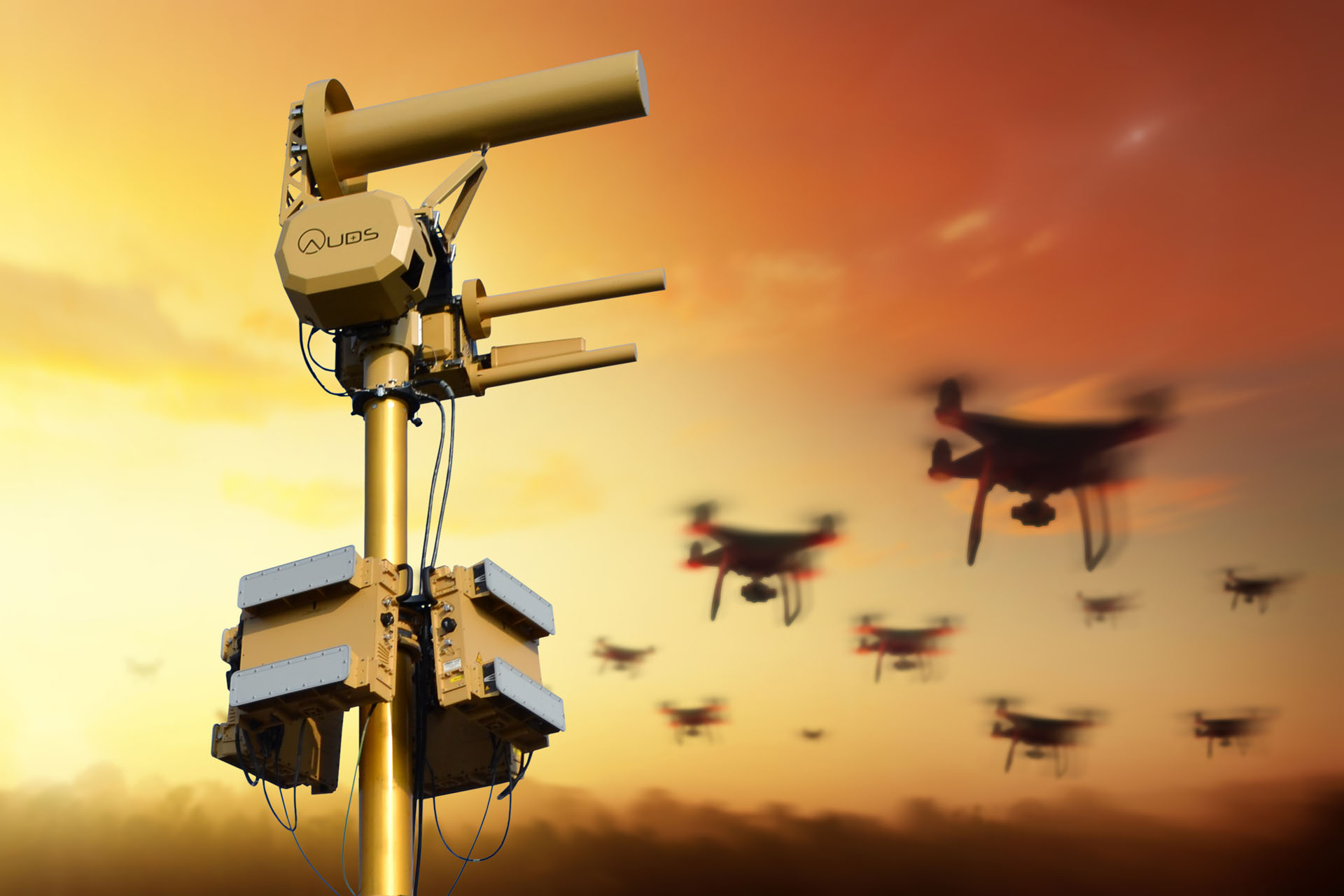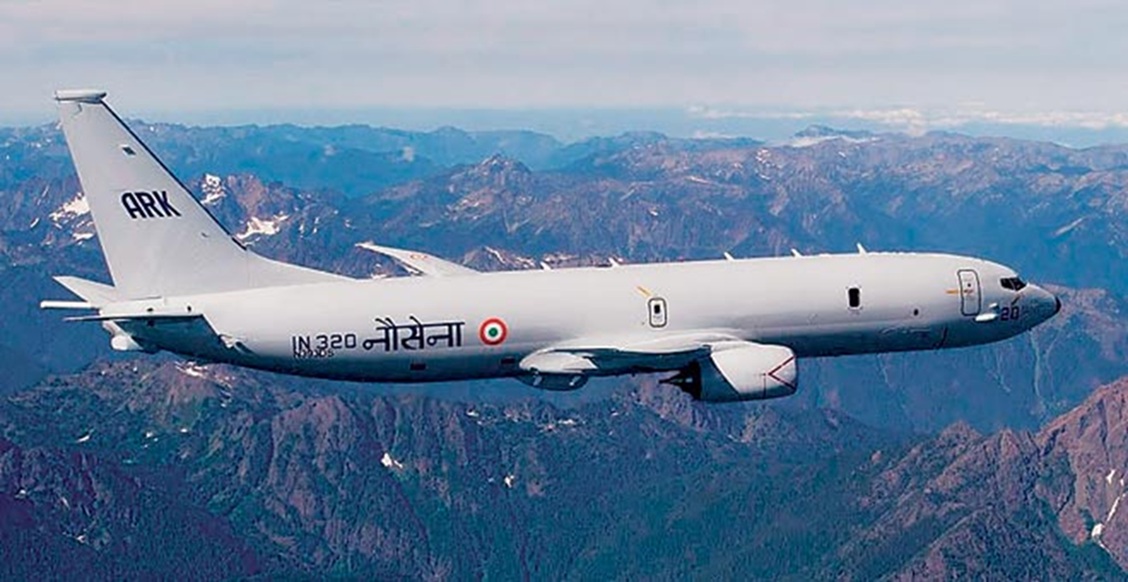The drone is becoming more relevant for military applications view autonomous features and stealthy characteristics.
“When people don’t respect one another, seldom is there honesty”, Shannon L Alder quotes. So be the warfare in future. Rules and ethics are seldom followed and there will be always surprises from the enemy side.
Revolution in Military Affairs (RMA) is inevitable and future warfare is married to disruptive technologies in this information era. Autonomy and decision making based on AI and MI would change the existing conventional war to algorithmic warfare. The nations having a traditional ground force could be debilitated overnight by unconventional weapons and disruptive tactics. The only alternative available to survive is to disrupt the disruptor.
The rotary-wing drones are no more toys. They are silent and are capable of flying low and remain stealth during the flight. Detecting them is a big challenge over the uneven terrain. The manufacturing cost of these birds is very less, ideal for all the suicidal missions. Since one of our neighbours is the leading manufacturer of these kinds of drones, it is essential for us to gear up and not to wait for a disaster to learn. Recently concluded conflict between Armenia and Azerbaijan gave us some critical inputs.
Swarms of hundreds of drones with precision-guided explosives can choke our radars and demolish the frontline defence. They can increase warzone vulnerability by lighting up air, ground or sea targets for shadowing missiles and fighter aircraft. New age drones with less human intervention can be programmed to go deep into well-defended territories with reduced risk attached.
There is an immediate requirement to institute and deploy effective counter-drone mechanisms along the borders to effectively tackle this menace. In this article, we will explore the ways and means to counter-drone attacks. Our focus will be exploring anti-drone technologies for micro and small drones (less than 25 kg) both fixed and rotary wing.
Anti Drone Technologies – Detection, Defending and Destroying
Anti-drone systems comprise detection, interception and eventually neutralising unwanted UAVs/Drones. The process can eventually terminate the enemy drones mid-air. There are many ways we could accomplish these tasks.
Radar
Frequency Modulated Continuous Wave (FMCW) AESA radar is the most suitable candidate for counter-drone operations. Providing a 180° Azimuth by 85° elevation antenna array could cover a large area of detection. It can send out signals and receives the echos for measuring direction and distance. It can be engaged for constant tracking, can handle hundreds of targets simultaneously and can be operated day night in all weather conditions. It can be set to autonomous mode and we can generate quick alerts/alarms on detection of drones.
Electromagnetic Wave Receivers
This system looks for Electromagnetic signals being emitted by the UAV/drone and detects the location of drones using triangulation. The system functions similar to ESM systems. This is fairly accurate and can do detection of targets much better than the radars. An array of receivers can be deployed along the borders to detect the approaching drones
Audio Sensors
Usually, a microphone or microphone array could detect the sound made by a drone and calculate the direction. More sets of microphones can be used for triangulation and fixing positions of approaching drones. Though it is very cost-effective, ambient noises can play spoilsport. This is an ideal choice for very short ranges up to 500 meters.
Optical Sensors
These are essentially video cameras with telescopic characteristics and high-resolution optical sensors. Besides daylight capabilities, it can have infrared or thermal imaging for night operations. It could provide visuals of drones and it’s payload and can record images. It has the disadvantage of high false-alarm and poor performance in adverse weather conditions/ dark.
Dronegun/ Radio Frequency Jammer
The drone gun sends jamming frequencies that choke the communication and control signals between the drone controller and the flying drone. The system breaks the link between the drone and it’s pilot, thereby forcing them to head back home or land where it is. It is a rifle shaped device that uses radiofrequency jamming and GPS jamming to counter drones. It can have coverage up to 1 km in a wide range environment condition. RF Jammer can also be a static transmitter which transmits a large amount of RF energy towards the drone, masking the controller signal.
Electronic Fence
An electronic fence is an Electronic Counter Measures (ECM) system which prevents drones from flying into a defended location. It can be configured horizontally or vertically depending on the terrain requirements. This is programmable and can be stimulated via an array of sensors. Skyfence antennas are fixed along the border as a fence and it generates an electromagnetic wave ‘wall’ extending into the sky up to 500 meters in height. The secondary field ensures that there are no gaps in the system. Sensors could jam the drone’s computer and block its frequency and control protocols and divert it back to where it came from.
GPS Spoofer
Spoofer misguides the drone by sending counterfeit codes and GPS signals to the drone corrupting the navigation data of the drone. The spoofer is implemented on a portable software-defined radio platform with a digital signal processor (DSP) at its core. This platform comprises radio frequency (RF) front-end that down-mixes and digitizes GPS L1 and L2 frequencies. A DSP board that performs acquisition and tracking of GPS L1 C/A, calculates a navigation solution, predicts the L1 C/A data bits, and produces a consistent set of spoofed GPS L1 C/A signals which misguides the drone to destruction.
Hackers
Hackers take control of enemy drones and drift them to a safe place for landing or for further investigation or neutralisation. This is done by overriding the existing control. Drones can be recovered later or even destroyed.
High Energy Laser
A high-powered optical device which produces an extremely focused beam of light, or a laser beam. The radio spectrum of a drone is very narrow, so a focused broadcast is enough to bring down the drone. The laser defeats the drone by destroying the structure and/or the electronics. This will physically incapacitate the drone. It is a costly solution which can create collateral damage during the operation.
High Energy Microwave
High Power Microwave (HPM) devices generate an Electromagnetic Pulse (EMP) capable of disrupting electronic devices. The EMP interferes with radio links and disrupts or even destroys the electronic circuitry in drones. HPM devices may include an antenna to focus the EMP in a certain direction, reducing potential collateral damage. The drone can be stopped effectively in a non-kinetic mode. This is a high-cost solution which could even disrupt communications or destroy other electronic devices in the area of operation.
Drone Catcher
Drone catcher is a net gun-armed multi-copter which safely eliminates illegal drones from the air. With the help of multiple onboard sensors, the net gun locks on the target and then shoots a net to catch the drone target. After the catch, the drone catcher carries the captured drone on a cable to a harmless place and releases it. If the caught drone is too heavy to be carried, it drops it with the help parachute to ensure a low impact on the ground. Firing a net at a drone, or otherwise bringing a net into contact with a drone stops the drone by prohibiting the rotor blades.
Trained Attack Birds
Though not a polished way to do, it can be done with the support of bird lovers by effective training. We should avoid this for drones with detonators, which could be suicidal for the birds deployed.
Way Ahead
Let us accept the fact that conventional warfare is facing disruption. Days are not far where weapon-mounted drones may become buddies for the foot soldiers.
Integration of multi-layer anti-drone mechanisms could build up a foolproof drone defence infrastructure along the borders. Academia and Incubators can certainly focus their research in this area in the coming months to help our industry and armed forces.
Sky fencing would guarantee a foolproof detection against drone intrusion. More field study needs to be carried out in uneven terrains to beat the stealthy characteristics of drones. Low flying drones are very difficult to detect and neutralise. There is a need to recalibrate our frontline deployment strategy along the border.
Title image courtesy: https://www.blighter.com/
Disclaimer: The views and opinions expressed by the author do not necessarily reflect the views of the Government of India and Defence Research and Studies
References:
https://www.robinradar.com/press/blog/9-counter-drone-technologies-to-detect-and-stop-drones-today
https://www.geospatialworld.net/blogs/top-five-counter-drone-technologies/
https://www.defence-industries.com/articles/top-5-anti-drone-technologies
https://jrupprechtlaw.com/drone-jammer-gun-defender-legal-problems/








